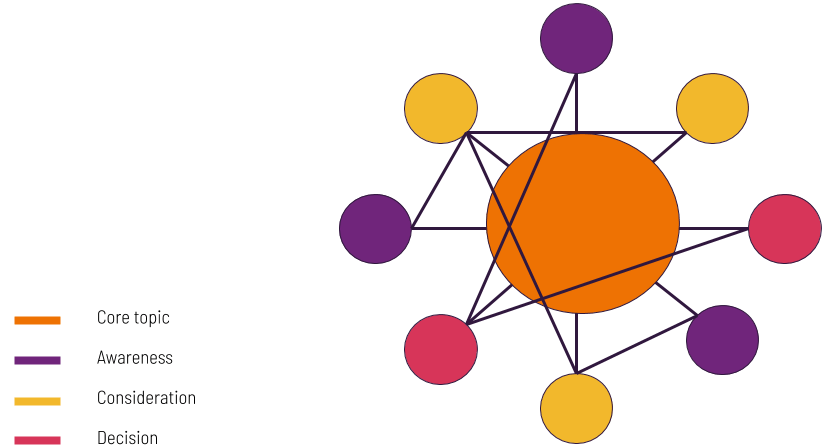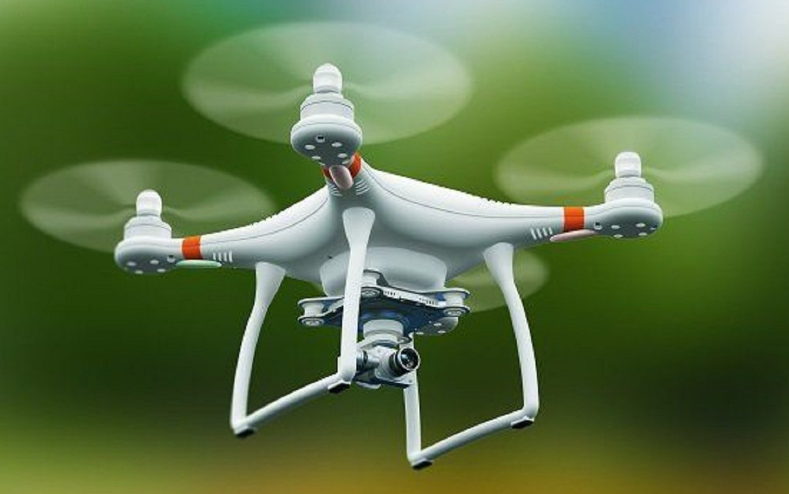Influencer marketing is becoming one of the most talked-about marketing strategies. Brands are increasingly turning to influencers to drive brand awareness and source unique content. But why is it so popular? And how can you create an effective influencer marketing strategy? This post aims to answer both of these questions. So let’s get started!
Why are so many brands using influencer marketing?

- Cost-effective – Compared to professional photo shoots, influencer content is estimated to be around 24% cheaper according to AspireIQ findings.
- No ad blockers – Traditional banner ads have become pretty ineffective. One reason is that so many people now run ad blockers. Influencers don’t have this problem to bypass.
- Trust – according to Nielsen data, 92% of consumers trust recommendations from influencers.
- Purchase intent – SproutSocial found that 74% of consumers use social media to make purchasing decisions.
- High engagement – Instagram has the highest average engagement of the major social media platforms, average around 2,000 engagements per post.
- Marketing ROI – higher than traditional digital marketing campaigns with AspireIQ stating that the average campaign ROI is 432%.
What do brands use influencer marketing for?

1. Define your objectives with KPIs

2. Find the right influencers for your brand

3. Aim to build lasting relationships

4. Focus on micro-influencers

How much does influencer marketing cost?

- Number of followers – typically the more followers the higher the CPE.
- Engagement vs reach – brands look for high average engagement rates.
- Quality of content – it’s important to check the quality of the content influencers are producing.
- Specific post requirements – for some campaigns, you may have a specific type of influencer or even an individual in mind.
How to measure influencer marketing ROI

- $0.003 for Potential impressions (This is simply the number of people who could possibly see your content – On Instagram this would be the influencer’s number of followers)
- $0.05 for views
- $0.15 for likes
- $1.00 for comments
- $3.00 for clicks
Get started with influencer marketing today










